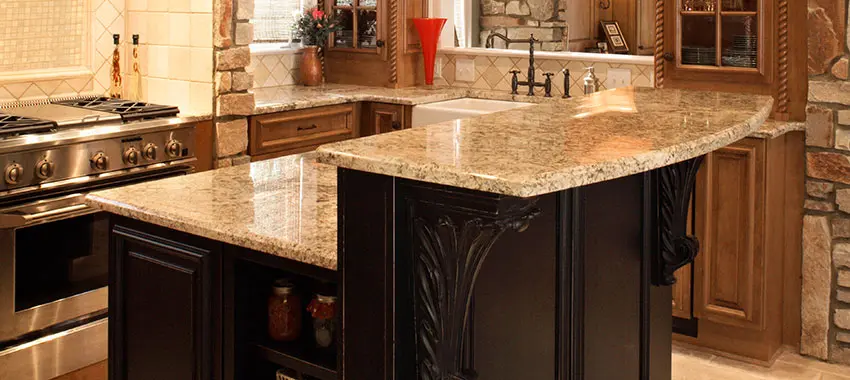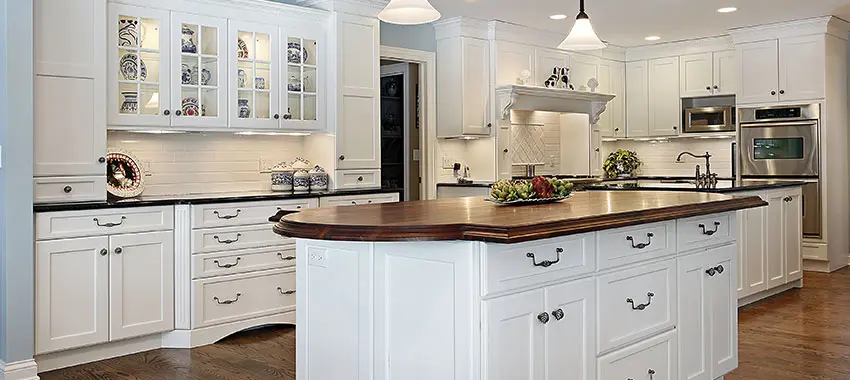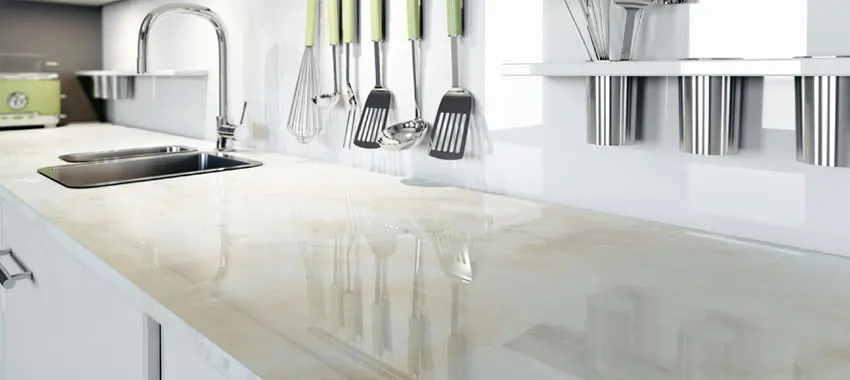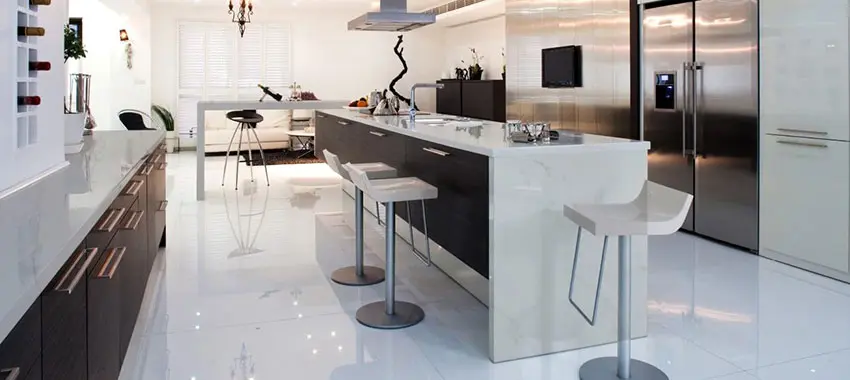Mar
How Do I Get The Best Deal On Granite Countertops?
Although granite counters are beautiful and significantly improve the house’s look, they don’t come cheap. Fortunately, you can do several things to get the countertops at a good price. Are you wondering how do I get the best deal on granite countertops? There are plenty of ways, with the most common ones being:
Shop around and compare prices
What do most homeowners do when they are looking to buy granite counters? They visit the first granite shop and make the purchase. In most cases, they do this because they are in a hurry to get things done and move on to the next thing. This is wrong as they often end up spending too much money than they should have.
To save money and get the best deal, take your time and visit different granite stores and see what they offer. Of course, you should only consider buying from a store stocking high-quality stones at a low cost.
You can’t have ample time if you start your research late, so to ensure you have as much time as you need, start scouting for countertops at least 3 months before you embark on your project.
Buy wholesale
When you buy anything wholesale, you save a lot of money, and you should do the same when you are buying granite counters. The cool thing is most granite stores will sell you the countertops at wholesale prices when you are buying many slabs. There are even some stores that will sell you one slab at a wholesale price—you only need to look.
Be flexible with granite color.
One of the prime factors affecting the price of countertops is the color of the slab, where the rare colors cost more than the easier-to-find colors. As you can guess, this means that if you are looking for a specific rare color, you end up paying a premium for your countertops.
To save money and get a perfect deal, you should be flexible in your color choice. The beauty is since granite is natural, it comes in plenty of colors to choose from. If you are in the granite store and find that your desired granite color is expensive than your budget, choose a cheaper color that is close to your color of choice.
Order from a local supplier
While you can buy the granite slabs from anywhere in the world, it’s good you buy them from your local supplier. The reason for this is because the slabs will be cheaper to transport from the local supplier to your home.
Granite slabs are heavy, and if you ship them from a long-distance, they can cost you an arm and a leg, and you don’t want this, do you?
Granite sellers ship their products in bulk, so they don’t spend as much money as you would if you shipped just a few slabs for your kitchen.
To save even more money on transport, ask the seller if they can transport the slabs for you, for free.
Go for granite remnants.
If you are looking for small granite slabs for certain kitchen elements, such as the backsplash behind the stove, don’t spend a lot of money on whole granite slabs. Instead, get granite remnants.
These are small granite chunks that are leftover from previous projects.
Since they are leftover and often too small to fit an entire kitchen, they are cheaper than entire slabs.
When you are in the granite store, ask for the remnants, and you will get them at a low price, which sees you saving a lot of money.
Go with a standard eased edge.
The type of edge you install on your countertops has a significant impact on the overall cost of granite surfaces, so be cautious of the edge you settle on. As a rule of thumb, choose the standard eased edge as it’s much cheaper than the tiered or bevel edge.
Install the countertops by yourself
If you are a dab hand at DIY projects, save money by bypassing granite installers Rockville and installing the countertops by yourself. Of course, ensure that you follow the right procedure when it comes to their installation.





